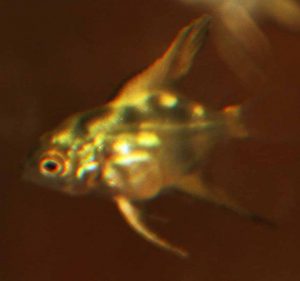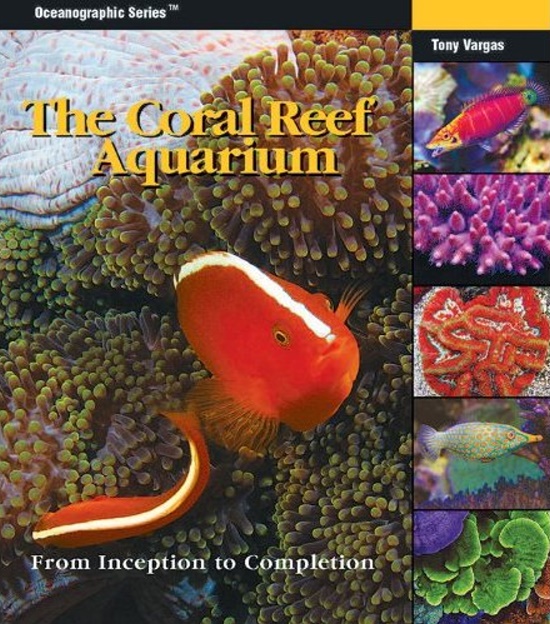Dear Aquarist,
Welcome to the start of our new season. Our guest speaker was most probably the best fish breeder in the United States, if not the world. Mike Hellweg came in from St. Louis, Missouri to discuss his fish breeding contest with Ted Judy. Mike bred 169 species of fish in one year. The contest was sponsored by Tropical Fish Hobbyist magazine. The first question on everyone’s mind was “Would you do it again?” Mike’s answer was “Definitely not!” It was a grueling 12 months of non-stop water changes, feeding fish and changing fish into various tanks. The discussion and presentation was educational and very enlightening, especially to people who enjoy breeding fish. Mike was very generous with his ideas and success stories and even spoke on some not so successful spawns. The Q & A went on for a long time. It was interesting to note that several members procured a couple of Mike’s books via our website link to Amazon.com. Mike was happy to autograph each book during the meeting.
October brings our Fall Giant auction featuring marine fish and corals, freshwater plants, fish and invertebrates. As always, we will have many bags of your favorite species. Great bargains will be available, so make sure you come to the greatest auction in New York on October 12. Our unique sales tables will be open for shirts, hats, books, magazines and other aquarium equipment and supplies. Doors open at 7:30 and the giant auction will start at 8:30 PM sharp!
As always, there is free parking and free refreshments.
People still ask me why haven’t they received the Bulletin and Aquatica in the mail. The reason is that they are now on our web site in vibrant color! So please visit our new website where you can read the Bulletin and enjoy a full color Aquatica. The interactive forums and sponsor sections are truly enjoyable. Provided you have given us your email address, you will be getting notifications of club events via email.
Speaking of our interactive Forum – we are having a contest every month for the most posts on our Forum. Please post aquarium-related questions and help provide answers to other hobbyists. You can also post items for sale and ask for items you need. There will be a $25 BAS BUCKS first prize and a $10 BAS BUCKS second prize for the most posts! It is a great place to web connect with other members and a fun location to interact and share information. Several of our wonderful sponsors have “rooms” within our Forum, such as Air, Water & Ice, Zoo Med and Reefs2Go.
I am asking for your help and support. If you want to see different speakers or try different things, please let me know. The elected officials of the Brooklyn Aquarium Society are here to serve YOU! Please let us know what you want and why. It would be helpful to everyone. It is important that you visit and patronize our sponsors. It goes full circle: by helping them, they are also helping you as hobbyists and everyone is helping the Brooklyn Aquarium Society, so help us, help you!
For more info, please call our BAS Hotline at (718) 837-4455
On a more personal note – Any member who desires to attend a Board meeting, which are held at the Education Center of the New York Aquarium on the 1st Friday of the month, please notify me at (718) 238-1792 by the Tuesday previous to the meeting.
President
Joe Graffagnino


